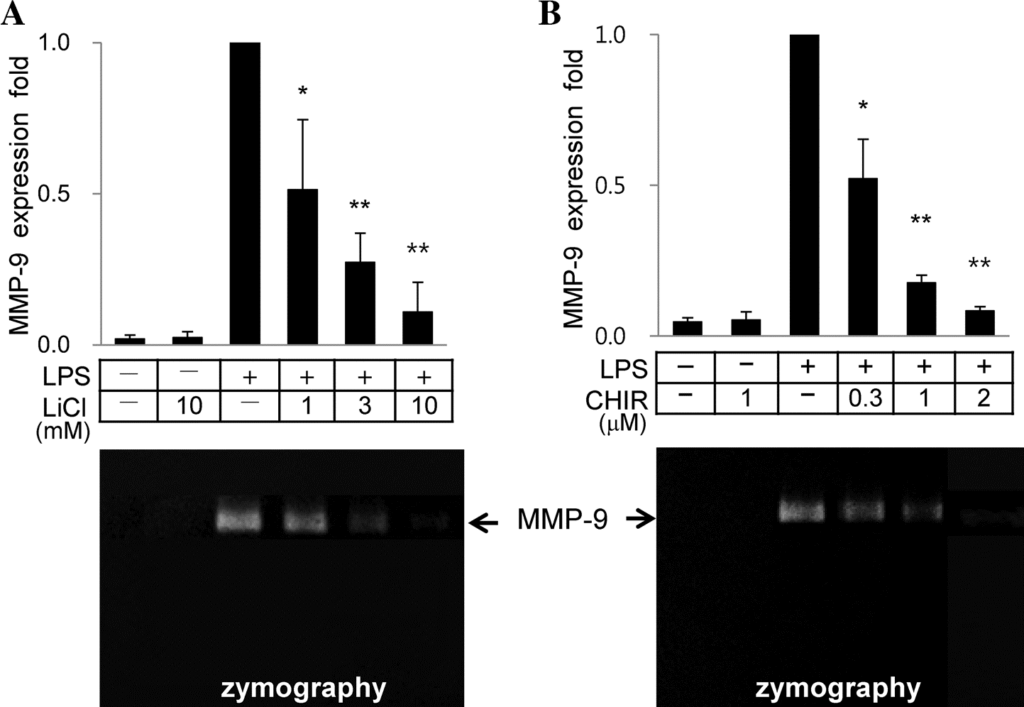Introduction
The search for effective treatments for neurodegenerative diseases has been one of the most challenging yet crucial areas of biomedical research. Diseases like Alzheimer’s, Parkinson’s, and Huntington’s affect millions of people worldwide, and despite years of scientific progress, effective treatments that halt or reverse these conditions remain elusive. Among the emerging therapies, Laduviglusib, a small-molecule inhibitor, has garnered attention for its potential in addressing several aspects of neurodegenerative diseases, particularly through its action on key signaling pathways involved in cell survival, inflammation, and neuroprotection.
The Role of Laduviglusib in Neurodegenerative Diseases
Laduviglusib, also known by its developmental code LAD-2020, primarily functions as an inhibitor of glycogen synthase kinase-3 beta (GSK-3β). This enzyme is involved in a variety of cellular processes, including glycogen metabolism, cell cycle regulation, and apoptosis. More importantly, GSK-3β plays a crucial role in several neurodegenerative diseases, making it a promising target for drug development.
- Alzheimer’s Disease: Alzheimer’s disease (AD) is characterized by the accumulation of amyloid-beta plaques and tau tangles, which lead to neuronal dysfunction and death. One of the key contributors to tau hyperphosphorylation is the activity of GSK-3β. By inhibiting GSK-3β, Laduviglusib may reduce the pathological phosphorylation of tau, potentially slowing the progression of AD. Furthermore, GSK-3β inhibition has been shown to promote neurogenesis and neuronal survival, which could offer therapeutic benefits in restoring cognitive function.
- Parkinson’s Disease: In Parkinson’s disease (PD), the progressive degeneration of dopaminergic neurons in the substantia nigra leads to motor dysfunction. GSK-3β has been implicated in neuroinflammation and apoptosis of these neurons. Laduviglusib’s potential to modulate GSK-3β could help alleviate neuronal death and reduce the inflammation that exacerbates dopaminergic dysfunction. Additionally, by targeting the molecular pathways that govern neuronal survival, Laduviglusib may offer neuroprotective benefits in PD.
- Huntington’s Disease: Huntington’s disease (HD) is a genetic neurodegenerative disorder caused by a mutation in the HTT gene, leading to the production of an abnormally long huntingtin protein. This protein aggregates in neurons, causing cellular toxicity and eventually leading to neuronal death. GSK-3β is known to be involved in the phosphorylation of huntingtin, influencing its aggregation and neurotoxic effects. By inhibiting GSK-3β, Laduviglusib may reduce the accumulation of toxic protein aggregates and mitigate neurodegeneration associated with HD.
- Amyotrophic Lateral Sclerosis (ALS): ALS is a progressive neurodegenerative disease that affects motor neurons, leading to muscle weakness and paralysis. Research has shown that GSK-3β activity is elevated in ALS, contributing to the dysfunction and death of motor neurons. Laduviglusib’s potential to reduce GSK-3β activity could help protect motor neurons and slow the disease’s progression.
Mechanism of Action
Laduviglusib works by selectively inhibiting GSK-3β, an enzyme that regulates numerous cellular processes, including protein synthesis, cellular stress responses, and inflammation. GSK-3β is known to be hyperactivated in various neurodegenerative conditions, promoting pathological events such as:
- Tau phosphorylation and aggregation in Alzheimer’s disease.
- Oxidative stress and neuroinflammation, which contribute to neuronal damage in Parkinson’s and Huntington’s diseases.
- Impairment of neuronal survival pathways, making neurons more susceptible to degeneration.
By inhibiting GSK-3β, Laduviglusib can modulate these pathways, potentially reducing the formation of toxic protein aggregates, preventing neuroinflammation, and promoting neuronal survival and repair.
Preclinical and Clinical Research
In preclinical studies, Laduviglusib has demonstrated promise in various models of neurodegenerative diseases. Animal studies in models of Alzheimer’s and Parkinson’s diseases have shown that treatment with Laduviglusib results in improved cognitive function, reduced neuroinflammation, and less neuronal death. Additionally, it has been observed to decrease tau phosphorylation and amyloid-beta plaque accumulation in Alzheimer’s models.
In clinical trials, Laduviglusib has undergone phase I studies to evaluate its safety, pharmacokinetics, and tolerability in humans. These early studies have suggested that Laduviglusib can be well-tolerated at lower doses and has the potential to cross the blood-brain barrier (BBB), which is a critical consideration for drugs aimed at treating neurological diseases.
However, more extensive clinical trials are needed to assess its efficacy, optimal dosing, and long-term safety. Given the complexity of neurodegenerative diseases, it’s likely that Laduviglusib will be tested in combination with other therapies, particularly those aimed at managing symptoms or slowing disease progression.
Challenges and Future Directions
While the potential of Laduviglusib in treating neurodegenerative diseases is promising, there are several challenges that must be addressed:
- Specificity: GSK-3β is involved in numerous cellular functions, and its inhibition can have broad effects. Therefore, achieving selective inhibition of GSK-3β without disrupting other important cellular pathways remains a challenge.
- Blood-Brain Barrier (BBB) Penetration: For Laduviglusib to be effective, it must be able to cross the blood-brain barrier (BBB), which protects the brain from many compounds in the bloodstream. The ability of Laduviglusib to penetrate the BBB will be crucial in determining its clinical utility.
- Long-Term Efficacy and Safety: Neurodegenerative diseases are chronic and progressive, and treatments need to demonstrate long-term efficacy. The safety profile of Laduviglusib will need to be closely monitored in longer-term clinical trials, particularly since GSK-3β plays a role in a variety of other tissues beyond the brain.
- Combination Therapy: Given the multifactorial nature of neurodegenerative diseases, it is likely that Laduviglusib will need to be used in combination with other therapies, such as disease-modifying agents or symptomatic treatments, to provide the most effective therapeutic outcomes.
Conclusion
Laduviglusib represents a promising new approach in the treatment of several neurodegenerative diseases, with its ability to target GSK-3β offering potential neuroprotective and disease-modifying effects. While much remains to be learned about its long-term efficacy and safety, early research provides hope for patients with conditions like Alzheimer’s, Parkinson’s, Huntington’s, and ALS. As the field of neurodegenerative disease research continues to evolve, Laduviglusib may become an important therapeutic tool in the ongoing battle against these devastating conditions. With further clinical trials and research, it is possible that this small molecule could pave the way for new treatments that slow, halt, or even reverse the course of neurodegenerative diseases.


